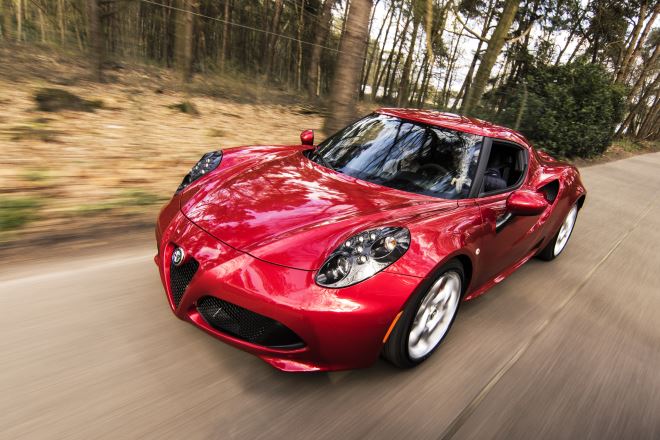Engineered for Pushing Boundaries: How Rally Car Technology Transformed Street Car Performance
In the world of cars and ferocious driving competition, rallying stands out as a high-speed, high-stakes test of both vehicle and driver. The innovations born in this arena have not only changed the face of motorsport but have also had a profound impact on everyday car technology. This article will delve deep into the gritty world of rally racing, focusing on its innovative tech underpinnings, and how these advancements have trickled down to transform street car performance.

Unraveling the Historical Threads of Rally Tech: The Genesis
Rallying is as old as combustion-engined cars themselves. The first recorded automobile race, the Paris-Rouen in 1894, was essentially a rally for unmodified cars on public roads. However, the real blossoming of this sport’s technological innovations took serious pace in the 1980s, during the infamous Group B era. This short-lived, unrestrained epoch was a hotbed of creativity, challenging automakers to design cars specifically for the unique demands of rallying without restrictions, leading to some of the most groundbreaking vehicles in automotive history like the Audi Quattro with its advanced all-wheel-drive system.
An Inside Look at Rally Car Tech: A Confluence of Strength, Speed, and Agility
The design and tech behind a rally car are all about marrying raw power with exceptional handling and heart-stopping acceleration. Rally cars also differ by being, almost universally, all-wheel drive (AWD). While AWD was initially developed for military use, it became part of mainstream automotive technology largely thanks to rally racing.
Other notable tech introductions in the world of rallying include advanced suspension systems for harsh terrain absorption and sequential gearboxes for quick gear changes. Aided by these features, rally cars can negotiate all terrains, including gravel, tarmac, snow, and ice—tech versatility at its finest.
Rally Tech Graduated to Street Cars: More Than a Power Play
While the thrill and exhilaration of rally racing are palpable for any automobile enthusiast, even everyday drivers may not realize they have rallying to thank for some of their car’s best features. Rally tech has played a significant role in shaping car comfort, safety, and performance on our daily drives.
The clearest legacy of rallying lies in the trend of AWD systems now standard in many high-performance street cars for better power and stability. Further, improvements in tire technology, reworked from rally tracks to suit street requirement ensure better grip and safety, the advanced suspension systems once exclusive to rally cars now offer smoother city and highway rides, and sequential gearboxes revolutionized the way we shift gears.
Grappling with the Challenges: Rally Tech’s Difficult Legs
Despite the undeniable impact of rally tech on automobile engineering, it isn’t all smooth tarmac. One of the key challenges lies in translating tech designed for high-performance speed machines to practical applications in road cars. Safety regulations, environmental concerns, and users’ needs must be balanced while incorporating such daring technology.
The Footprint of Rally Tech Today and in the Future
Since its birth till now, the rally car tech has been a catalyst for driving innovation. They’ve elevated an entire industry, and while we might not see the extreme engineering of a rally car in our everyday vehicles, the echoes of their high-performance technology are evident. The story of rally tech and its transition to street cars underscores how motorsport is not just a showdown of speed; it is a crucible where the future of automotive technology is shaped.




